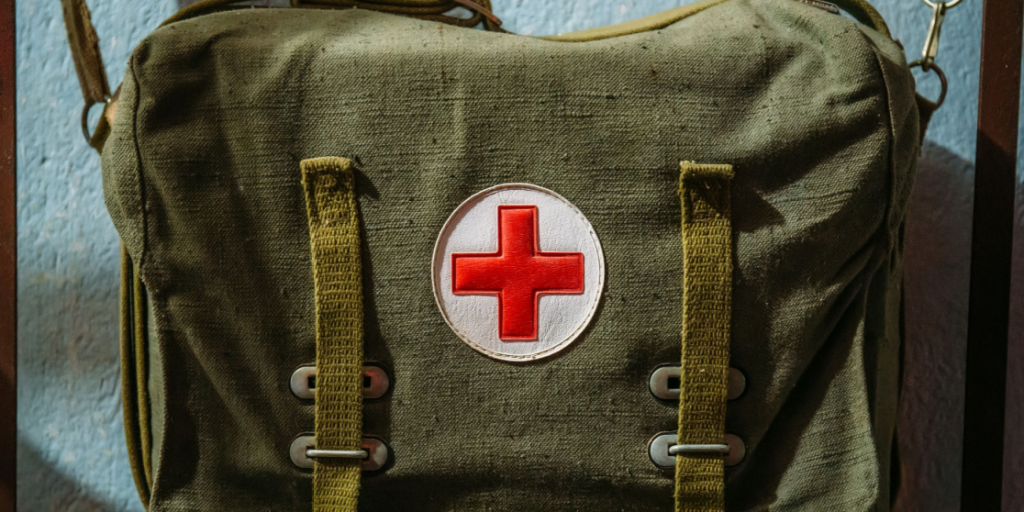A military expert also explains how Russia is beginning to use medieval warfare on the battlefield.
Others are reading now
A military expert also explains how Russia is beginning to use medieval warfare on the battlefield.
What is happening?

A Telegram channel called Tactical Medical Courses has revealed shocking evidence of outdated medical equipment still in use by Russian troops.
Some of the dressings reportedly date back to 1973—the same year Leonid Brezhnev consolidated power in the Soviet Union.
Latvian military officer, Janis Slaidiņš, appeared on the TV24 program Current Affairs About War, where he added some context to the Telegram channels points – and it’s safe to say that the state of the Russian military may be even worse than we thought,
Not a rare mistake—this is systemic

The Telegram channel stresses that this isn’t a case of old stock slipping through the cracks.
Also read
These antiquated supplies are being distributed as part of systematic, large-scale operations by well-funded, state-supported organizations.
Even with access to modern resources, the Russian military continues to rely on dangerously outdated gear.
A glimpse into Russian military priorities
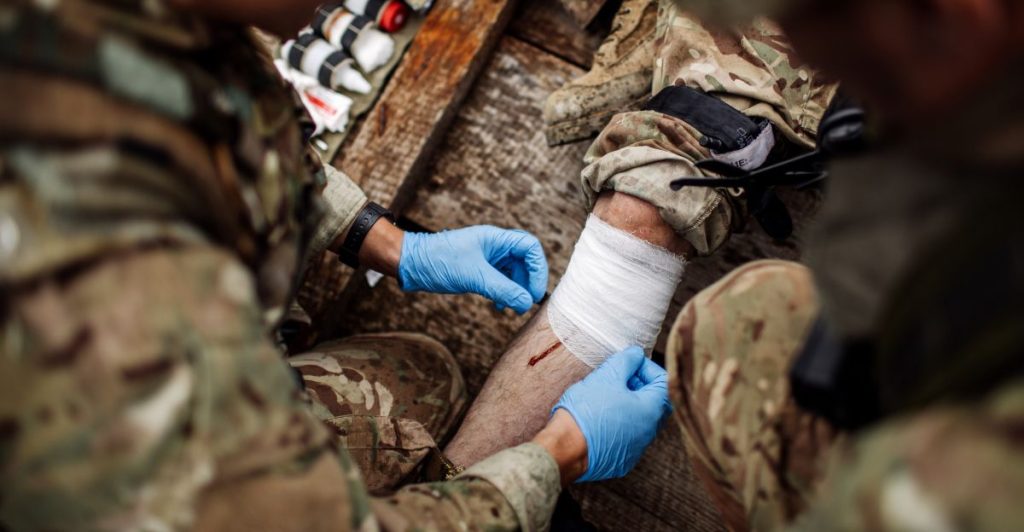
In a country that spends billions on defense, troops are receiving medical equipment older than they are.
It’s a powerful symbol of neglect and misplaced priorities.
Horses on the battlefield in 2025
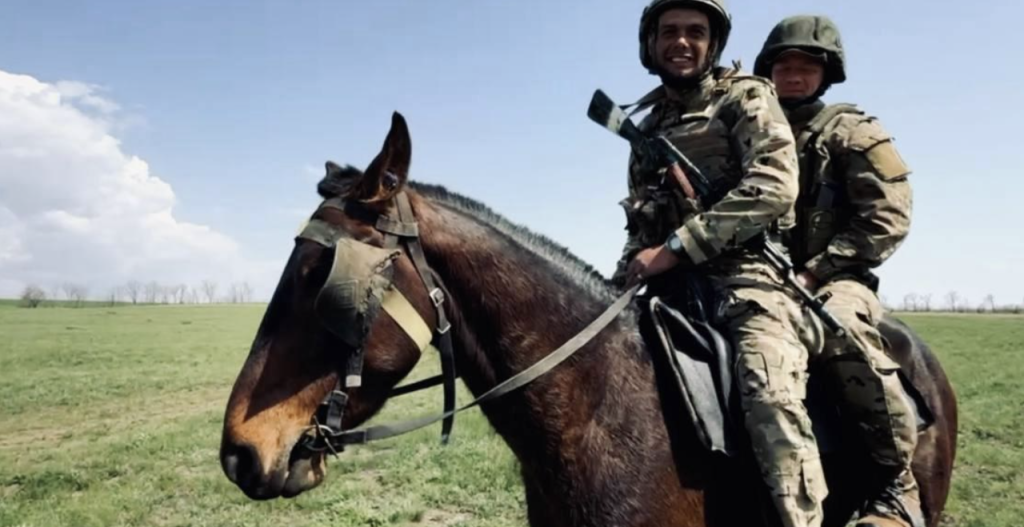
In an even more surprising development, Russian forces appear to be bringing back 15th-century tactics.
Also read
Slaidiņš notes that horses are being reintroduced as a workaround for modern limitations.
Horses aren’t affected by magnetic mines, can navigate rugged terrain easily, and even have better night vision than many vehicles.
Medieval tactics meet modern warfare
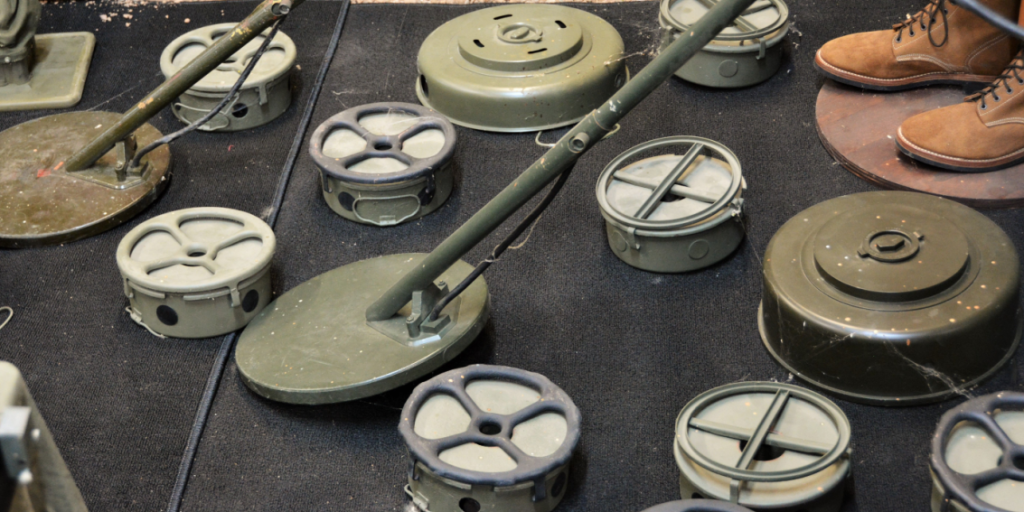
While it might sound like satire, the use of horses is real.
It reflects how Russian forces are being forced to adapt with low-tech solutions to counter high-tech problems.
In some regions, Russia’s warfighting methods seem to be moving backward in time.
Also read
Ukraine warns of a shrinking Russian population

Ukraine’s Main Intelligence Directorate has issued a stark warning: Russia’s population could decline by at least 25% over the next 50 years.
The impact of war, especially the loss of young men, is already beginning to reshape the country’s demographic future.
The Far East is being drained of men
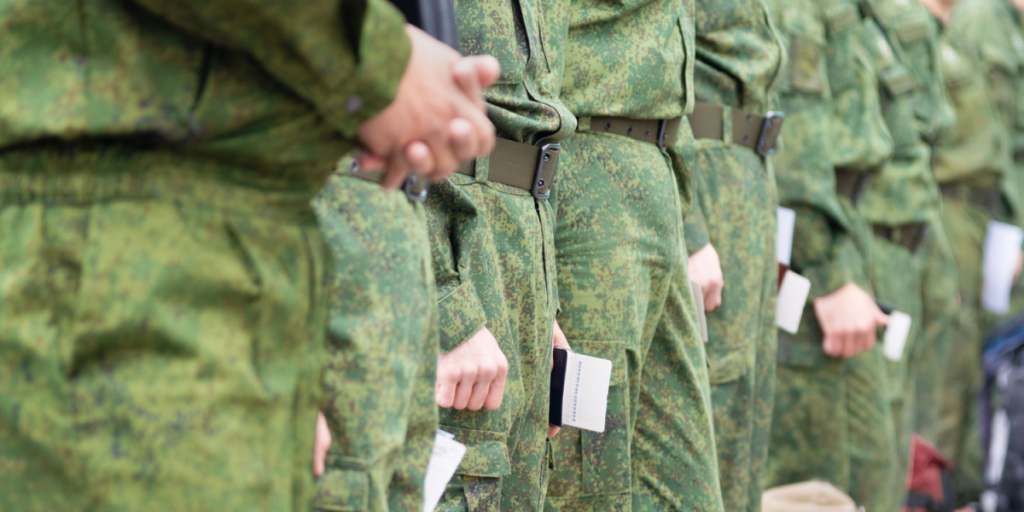
The most severe demographic shifts are happening in Russia’s Far Eastern regions.
These remote areas have seen a massive outflow of men, drafted or pressured into joining the war effort.
As a result, entire towns are being left without a working-age male population.
Also read
Over a million Russian soldiers dead
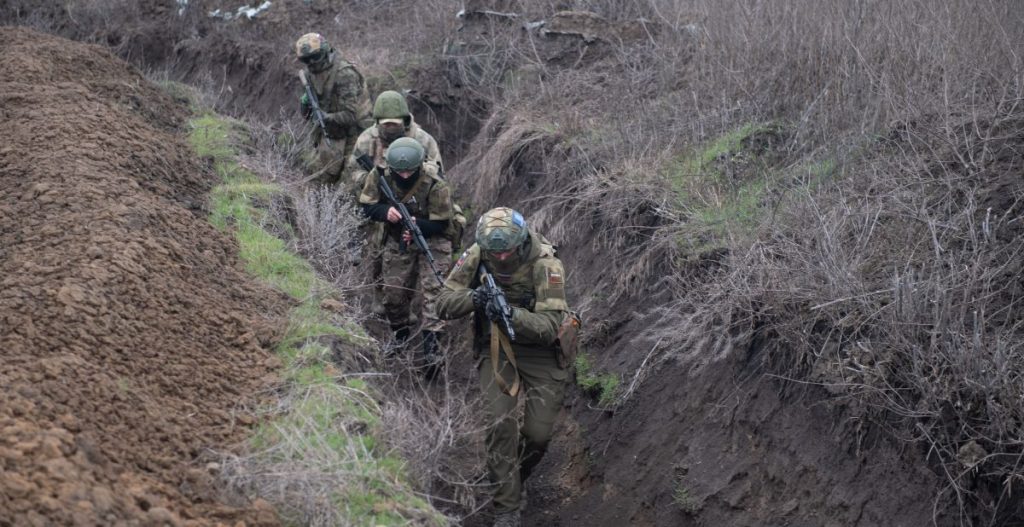
According to intelligence estimates, Russia has lost more than a million soldiers since the start of the war in Ukraine.
Most of the dead and wounded are men between 25 and 30—prime working and reproductive age.
These losses will have lasting effects on Russia’s labor force and population stability.
Kremlin turns to African recruits

To replenish its ranks, Russia is aggressively recruiting African nationals to fight in Ukraine under contract.
This recruitment drive reflects both desperation and the Kremlin’s refusal to back down, even as its own population dwindles.
Also read
Exploiting the poor and powerless

Slaidiņš describes this strategy as deeply unethical. He says Russia is intentionally sending the poor—from African countries, occupied territories, and Russia’s own ethnic minorities—to die in battle.
“This is Russian Nazism,” he says. “Let them go and die—they’re poor. We won’t send our own.”
No men left to rise up

With so many Russian men killed, wounded, or away fighting, the likelihood of any internal resistance has plummeted.
“Who will make a revolution—old women?” Slaidiņš asks, pointing out that the demographic collapse also serves as political insurance for the Kremlin.
Foreign fighters appear on the frontlines
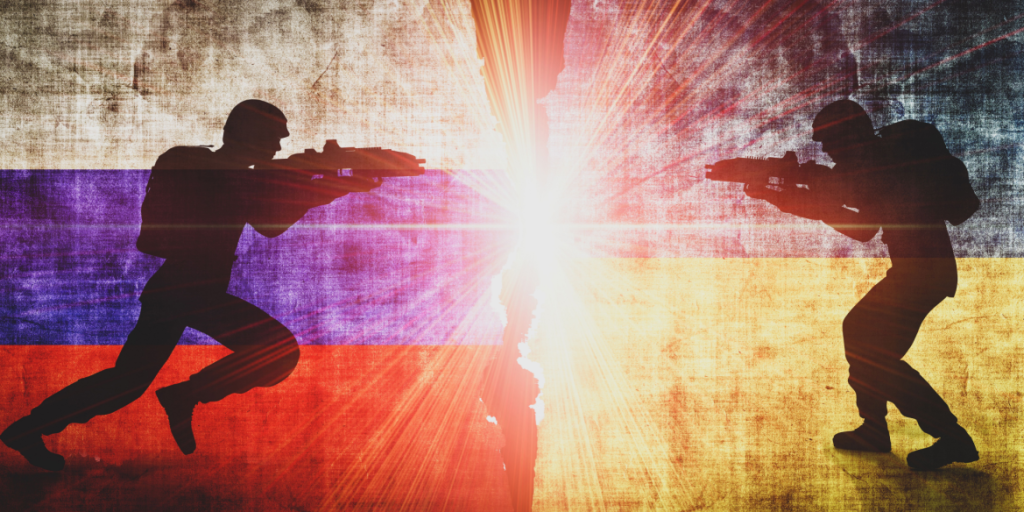
Reports confirm that African fighters are already active on the eastern front near Kupiansk. Some have spoken in interviews, stating they are fighting for Russia.
Also read
Their presence raises difficult questions about the ethics and legality of Moscow’s use of foreign mercenaries in a war with no clear end in sight.

